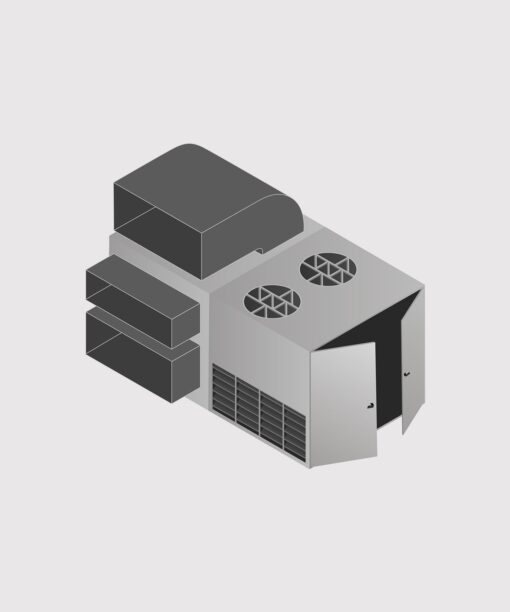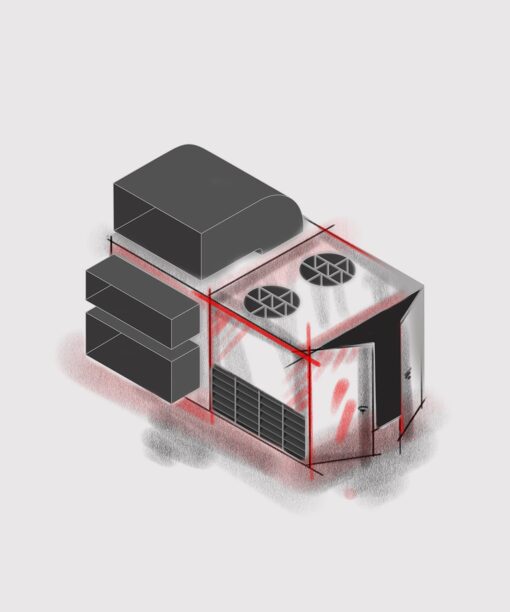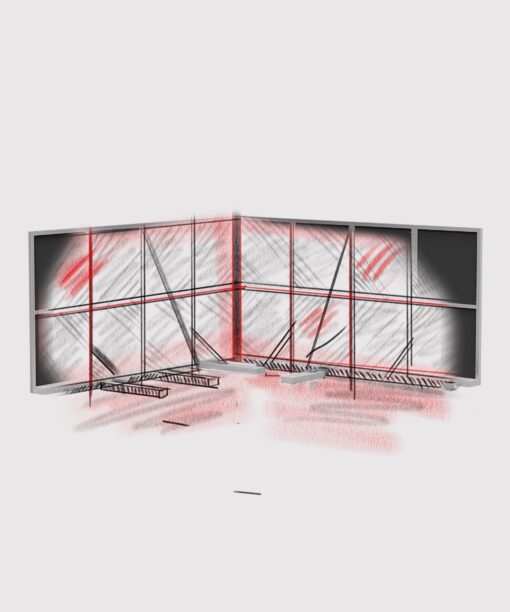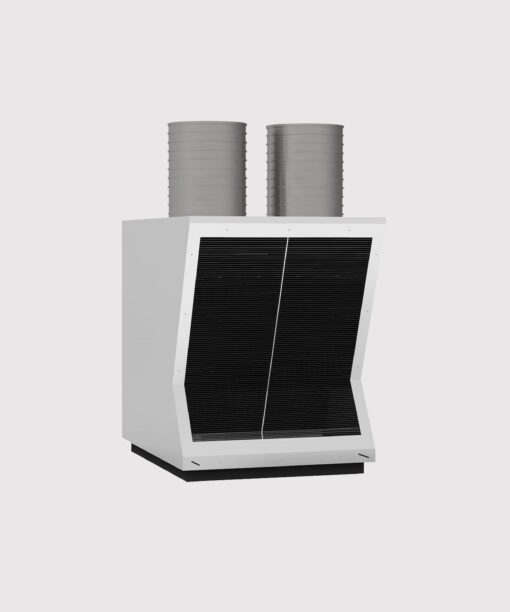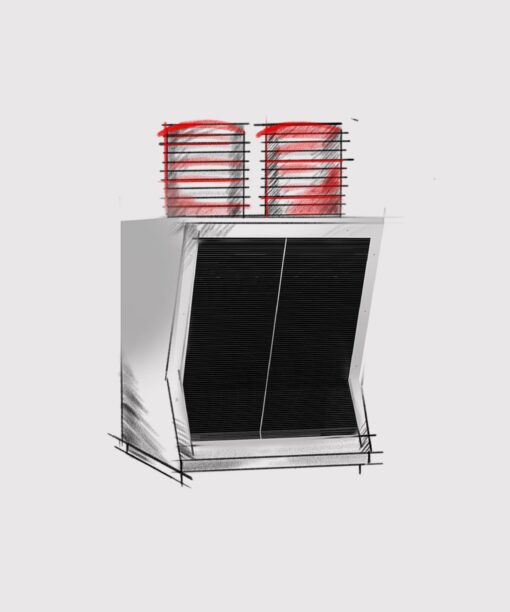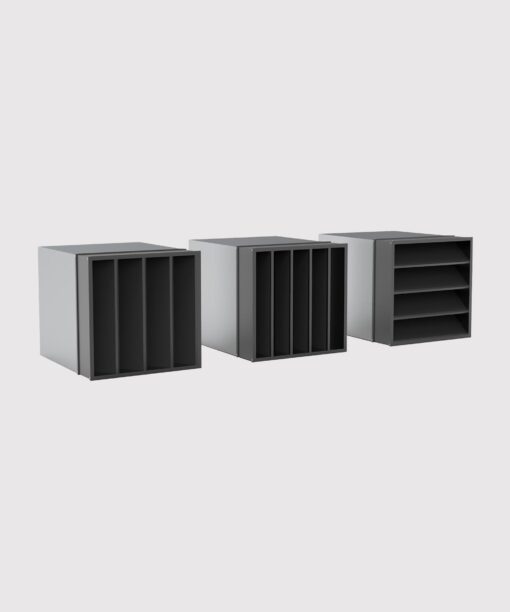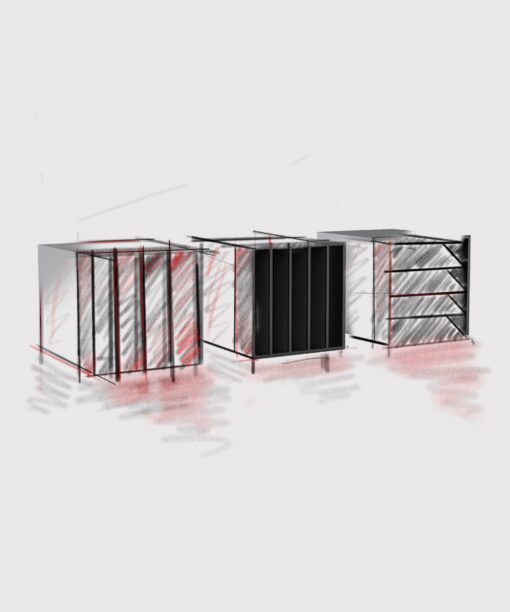READY-TO-USE ACOUSTIC SOLUTIONS
fonois
Acoustic solutions for rooftop systems
For the acoustic insulation of rooftop systems, Fonois offers compact and modular solutions, such as the SH Pod Advanced Rooftop soundproofing casing, noise barriers, aphonic grilles, and acoustic silencers, all designed to mitigate noise emission while preserving efficiency.
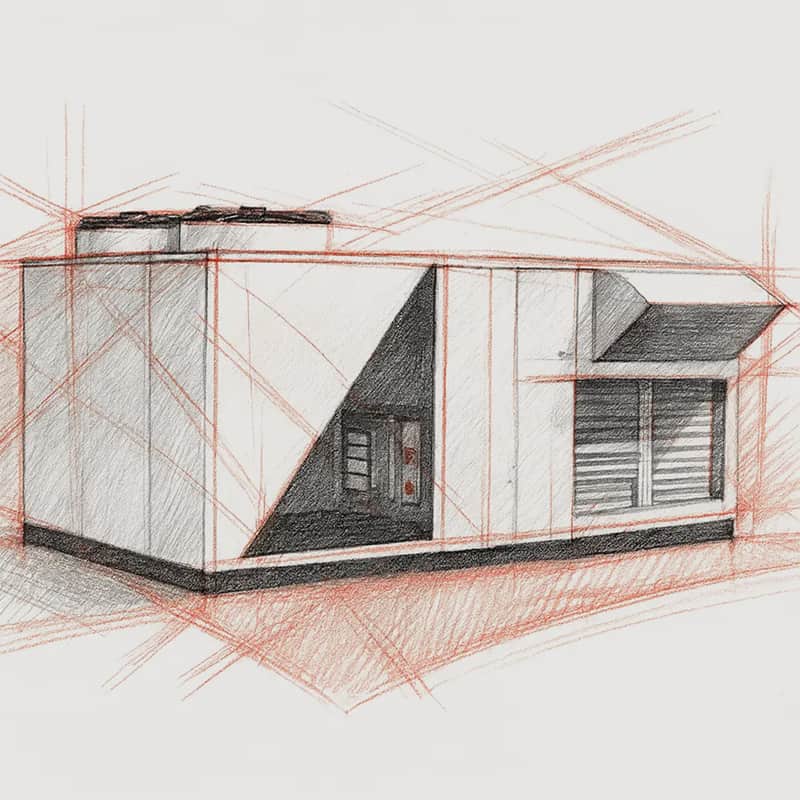
Why acoustically insulate Rooftop systems?
A Rooftop Unit (RTU) is an air conditioning system typically installed on the roof of a building. It integrates in a synergistic and efficient configuration two machines with distinct functions: an Air Handling Unit (AHU) and a chiller or heat pump. RTUs provide a compact and practical solution for heating, ventilation, and air conditioning (HVAC) in commercial, industrial, and residential buildings. Their placement, whether on a rooftop or within a courtyard, facilitates access and maintenance of the unit while reducing operational noise in occupied spaces.
Although rooftop installations are often located farther away, noise can still propagate easily, especially via reflective façades, lightweight roofs, and internal courtyards, causing disturbance to nearby communities when placed in urban settings and potentially breaching noise regulations, such as daytime and nighttime differential limits. Therefore, it is essential to soundproof rooftop systems with targeted solutions to ensure acoustic comfort and compliance with current regulations.
Fonois products, an effective solution for the reduction of sound emissions
In contexts requiring action to contain noise generated by rooftop units, Fonois acoustic solutions offer targeted interventions without compromising unit performance.
Inside the building, duct-mounted acoustic silencers reduce noise transmission along the ductwork, even in curved sections, with pressure drop up to 70% lower than conventional systems. For outdoor emissions, SH Pod Advanced Rooftop soundproofing casings are designed to operate in synergy with the system, ensuring easy maintenance access while preserving operational efficiency.

